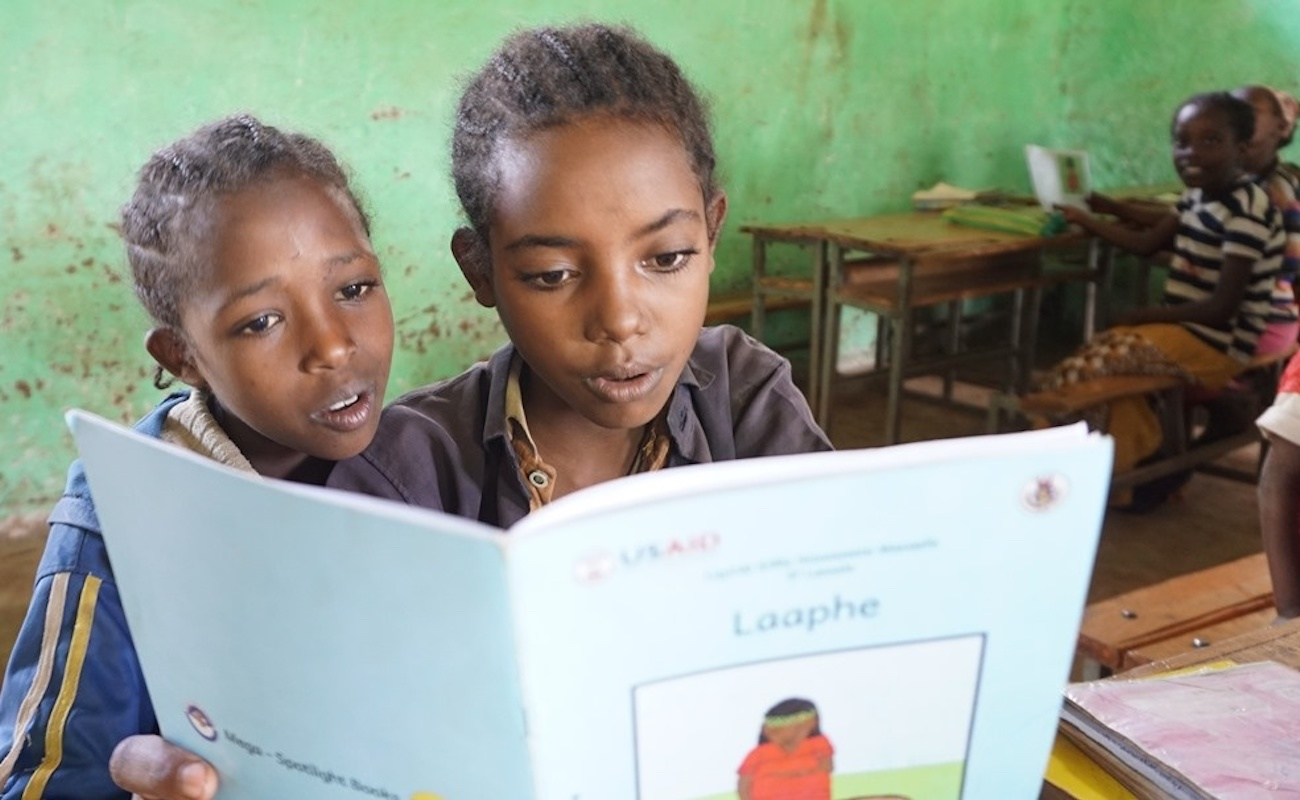USAID's Top 10 Education Resources of 2019
 Photo Credit: Robert Sauers
Photo Credit: Robert Sauers
Before we move into 2020, we wanted to take a look back at what education looked like in 2019. Below, we’ve rounded up a few of the top resources USAID published this past year.
Top Ten Resources
1. USG Strategy and USAID Education Policy
The U.S. Government Strategy on International Basic Education provides an overview of how U.S. Government agencies, including USAID, will coordinate to promote international basic education. The USAID Education Policy details an Agency-wide vision and direction for supporting partner countries in strengthening their capacity to deliver quality learning opportunities for children and youth.
2. Education Reporting Toolkit
Learn about the new education reporting requirements that are now in effect. This short webcast provides a high-level overview of the new education reporting guidance to help you complete your FY19 PPR process. View the toolkit for a complete listing of resources related to changes to USAID education reporting that take effect in 2019.
3. Learning Agendas
In order to focus research, fill gaps in the evidence base, and improve outcomes to achieve the 2018 USAID Education Policy vision, USAID developed four learning agendas (Foundational Skills, Education in Crisis and Conflict, Youth Workforce Development, and Higher Education) in consultation with mission staff, implementing partners, education researchers, and more.
4. Social and Emotional Learning and Soft Skills Policy Brief
This Policy Brief provides an introductory understanding of what USAID means by the terms “social and emotional skills” and “soft skills,” and specifies the desired outcomes and quality standards for programming that teach social and emotional skills or soft skills.
5. Disability Inclusive Education Toolkit
This Toolkit provides guidance and resources for integrating disability into the USAID Program Cycle.
Don’t miss a new resource in 2020
Sign up now for weekly updates about your favorite topics from EducationLinks.6. Education Finance How-To Note
Partner country education systems are strained under the pressure of scarce financial resources, demographic changes, and growing enrollments, and these pressures will only grow with time. This How-To Note focuses on how to sustainably build and finance quality education.
7. Universal Design for Learning to Help All Children Read
The toolkit supports the Universal Design for Learning (UDL) educational framework, which guides the development of flexible learning environments that accommodate individuals with learning differences.
8. The Effects of Gender-Based Violence on Academic Performance
This study aims to identify and quantify the effects of bullying on academic performance using the data sets collected from surveys conducted in 2011 in Botswana, Ghana, and South Africa.
9. Towards the Design and Implementation of Comprehensive Primary Grade Literacy and Numeracy Programs
This resource is intended to support all stakeholders involved in designing, implementing or overseeing early grades literacy and numeracy program development and implementation.
10. USAID Higher Education: A Retrospective 1960-2020
USAID’s legacy in advancing global higher education is manifested in the achievements and contributions of the individuals and institutions it has supported who have made impacts in three key development areas: building country capacity, advancing social progress, and creating economic and social opportunity.
Related Blog Posts

Embracing Effective Learner-Centered Approaches in Higher Education

Unlocking a World of Learning
